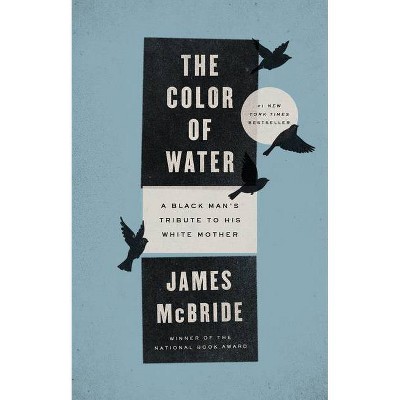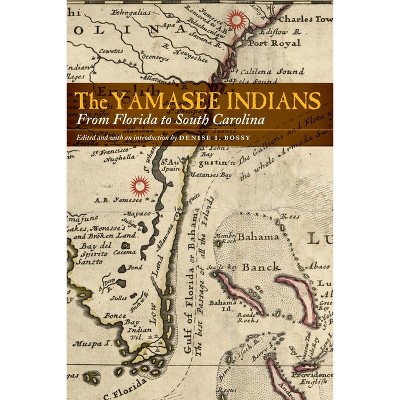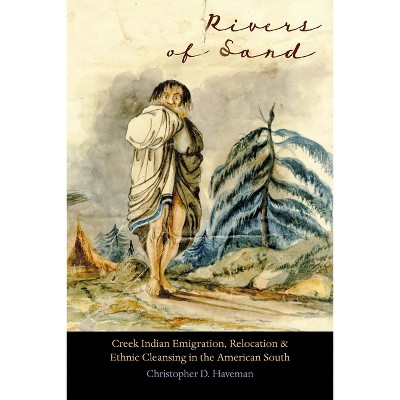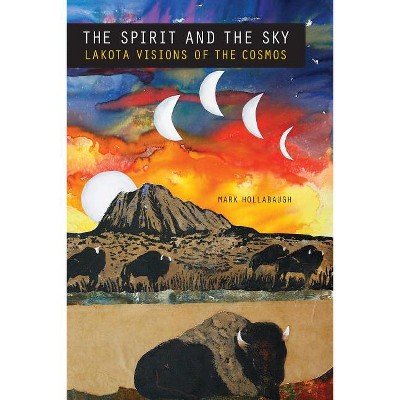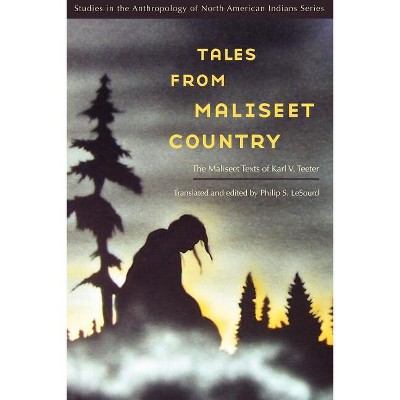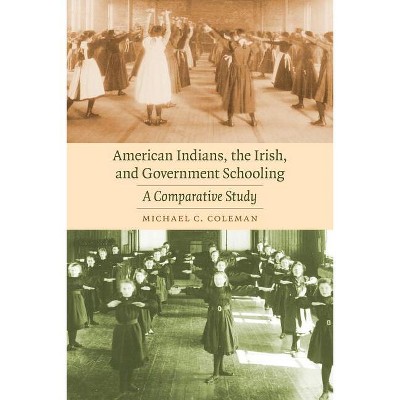Sponsored

Picturing Indians - by Liza Black (Paperback)
$30.00
In Stock
Eligible for registries and wish lists
Sponsored
About this item
Highlights
- Standing at the intersection of Native history, labor, and representation, Picturing Indians presents a vivid portrait of the complicated experiences of Native actors on the sets of midcentury Hollywood Westerns.
- About the Author: Liza Black is a citizen of Cherokee Nation.
- 354 Pages
- Social Science, Ethnic Studies
Description
About the Book
Liza Black critically examines the inner workings of post-World War II American films and production studios that cast American Indian extras and actors as Native people, forcing them to come face to face with mainstream representations of "Indianness."Book Synopsis
Standing at the intersection of Native history, labor, and representation, Picturing Indians presents a vivid portrait of the complicated experiences of Native actors on the sets of midcentury Hollywood Westerns. This behind-the-scenes look at costuming, makeup, contract negotiations, and union disparities uncovers an all-too-familiar narrative of racism and further complicates filmmakers' choices to follow mainstream representations of "Indianness." Liza Black offers a rare and overlooked perspective on American cinema history by giving voice to creators of movie Indians--the stylists, public relations workers, and the actors themselves. In exploring the inherent racism in sensationalizing Native culture for profit, Black also chronicles the little-known attempts of studios to generate cultural authenticity and historical accuracy in their films. She discusses the studios' need for actual Indians to participate in, legitimate, and populate such filmic narratives. But studios also told stories that made Indians sound less than Indian because of their skin color, clothing, and inability to do functions and tasks non-Indians considered authentically Indian. In the ongoing territorial dispossession of Native America, Native people worked in film as an economic strategy toward survival. Consulting new primary sources, including pay records and unpublished publicity photographs, Black has crafted an interdisciplinary experience showcasing what it meant to "play Indian" in post-World War II Hollywood.Review Quotes
"An engaging story of Indigenous talent, labor, and livelihood that transcends critical moments in Native and U.S. histories alike."--Annabel LaBrecque, New Books Network
"By foregrounding the business of filmmaking rather than the films themselves, the book provides important insights into how Hollywood operated within the larger historical and cultural discourse of the mid-twentieth century."--Kansas History
"Picturing Indians showcases a long and sustained presence of Native Americans throughout the film industry that is largely unknown to film enthusiasts and historians. This work is a timely and much-needed intervention into film studies that greatly expands our knowledge of Native Americans in Hollywood in important new ways. It will inspire fresh examinations of the films themselves and the direction that the industry took in representing Native Americans on-screen after 1960."--Paul McKenzie-Jones, Journal of American History
"A refreshing take on an old story, one that has too often emphasized settler colonial tropes at the expense of Indigenous experiences. . . . Picturing Indians is an important and impressive contribution to a growing body of historical literature that asks us 'to look at the movies as a site of work as well as art.' . . . More importantly, [Black] demands that we reckon with the physical presence of Native people in the movie industry, where they exercised their own judgment and made their own meanings for the work they performed within the constraints of the studio system."--Andrew Fisher, American Historical Review
"A significant contribution to the growing Indigenous studies scholarship in the area of film and media studies."--Angelica Lawson, Western Historical Quarterly
"Black's study of the lives, labor, and organized guilds of Native American and (faux) Native American actors within the Hollywood film industry is not a recuperative gesture, but instead it is a radical intervention that turns the tables on the simple vilification of the Hollywood Indian and the settler colonialist ideology imbued within the films."--Andre Seewood, American Indian Quarterly
"Fresh and original. . . . Picturing Indians represents a critical contribution to the field of Native American representations in film with its study of labor history and analysis."--Michelle Raheja, Film Quarterly
"Meticulously researched, this engrossing volume fills a deep void in both film studies and Native American history."--Karla Strand, Ms. Magazine
"In both method and content, this book charts a new movement in Indigenous film studies in particular and film studies in general. It is welcome, indeed."--Jennifer L. Jenkins, Southwestern Historical Quarterly
"This book is necessary reading to anyone interested in studying Native American visual representation."--Steve Pelletier, American Indian Culture and Research Journal
About the Author
Liza Black is a citizen of Cherokee Nation. She is a visiting scholar at the University of California, Los Angeles and an associate professor of history and Native American and Indigenous studies at Indiana University.Dimensions (Overall): 9.0 Inches (H) x 6.0 Inches (W) x .79 Inches (D)
Weight: 1.14 Pounds
Suggested Age: 22 Years and Up
Number of Pages: 354
Genre: Social Science
Sub-Genre: Ethnic Studies
Publisher: University of Nebraska Press
Theme: Native American Studies
Format: Paperback
Author: Liza Black
Language: English
Street Date: December 20, 2022
TCIN: 88966678
UPC: 9781496232649
Item Number (DPCI): 247-11-5007
Origin: Made in the USA or Imported
If the item details aren’t accurate or complete, we want to know about it.
Shipping details
Estimated ship dimensions: 0.79 inches length x 6 inches width x 9 inches height
Estimated ship weight: 1.14 pounds
We regret that this item cannot be shipped to PO Boxes.
This item cannot be shipped to the following locations: American Samoa (see also separate entry under AS), Guam (see also separate entry under GU), Northern Mariana Islands, Puerto Rico (see also separate entry under PR), United States Minor Outlying Islands, Virgin Islands, U.S., APO/FPO
Return details
This item can be returned to any Target store or Target.com.
This item must be returned within 90 days of the date it was purchased in store, shipped, delivered by a Shipt shopper, or made ready for pickup.
See the return policy for complete information.
Trending Non-Fiction

$19.31
was $20.98 New lower price
4 out of 5 stars with 64 ratings

$18.28
was $19.58 New lower price
4.7 out of 5 stars with 17 ratings

$4.59
MSRP $7.99
Buy 2, get 1 free select books
4.8 out of 5 stars with 123 ratings

$6.20
MSRP $10.95
Buy 2, get 1 free select books
4.8 out of 5 stars with 33 ratings

$7.09
MSRP $9.99
Buy 2, get 1 free select books
4.9 out of 5 stars with 46 ratings



